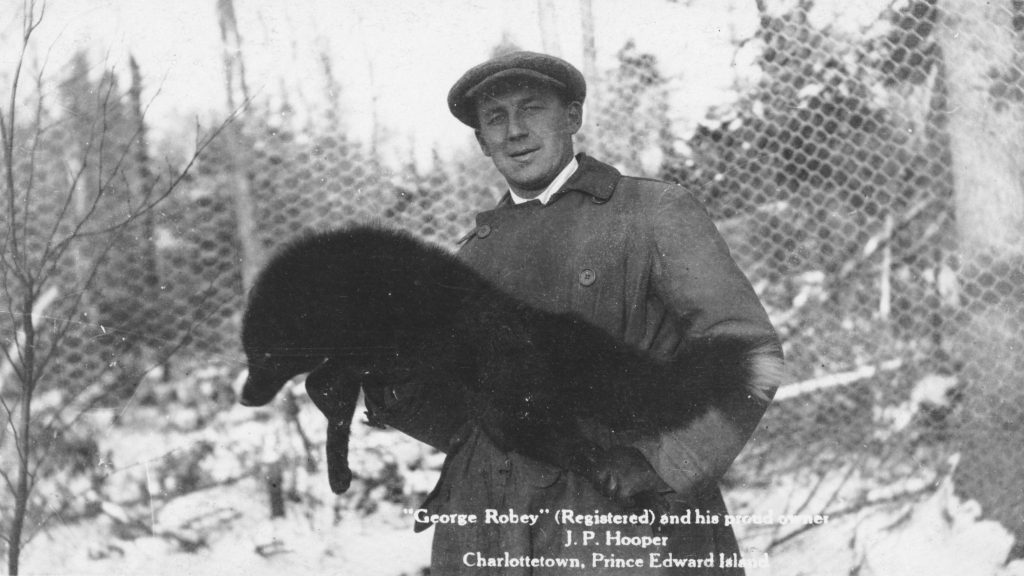When people voice their opinion against fur farming it is an often used argument that farmed fur animals are wild animals and thus not suited to farm life in a cage. The argument is intriguing – but it is not correct.

The first recorded history of fur farmed mink dates back to 1860s in North America and a fox farm from about 1908 on Prince Edward Island in Canada is generally recognized as the world’s first silver fox farm. The European herd is founded on import of these North American animals with the first fur farms emerging in Norway in 1914.
The anti-fur argument then normally goes, that other animal species have been domesticated for thousands of years, which is true. But the underlying assumption to this argument, namely that domestication of animals requires thousands of years, is not true at all.
The world’s most famous research project on domestication happened to be carried out with foxes by the Russian scientist Dimitri K. Belyaev. He believed that the patterns of change observed in animals domesticated over thousands of years resulted from genetic changes which occurred in the course of selection. In 1959, Belyaev set up a long-term experiment of domestication of wild foxes and in the course of 24 years Belyalev and his team bred foxes that behaved like dogs, and literally were dependent on human contact. From an animal agriculture perspective it would be fair to characterize such animals as over-domesticated, and my point here is simply that total domestication from wild to tame animal can be done in a relatively short period of time. With regards to the fur farmed animals in Europe, there is sufficient scientific evidence that they are indeed domesticated animals.
One of the most significant differences between wild and domesticated animals is the animal’s attitude towards humans. Though exceptions may be found, it is evident that mink and foxes on European fur farms are not afraid of human contact. Today’s fur animals are totally undisturbed (unless around feeding time) when humans enter the farm. Such indifference to human beings is unthinkable in the wild.
Farmed fur animals also possess many of the other traits which are scientifically recognized as signs of domestication: They are bigger than their wild counterparts, the colors pattern changes, the litter sizes are larger, the brains are smaller, the legs are shorter, tails are curled, and ears are floppy. The latter was already pointed out by Charles Darwin who, without having any knowledge of genetics, brilliantly pointed to selection as the reason for modification of character. Animal and plant domestication was of fundamental importance for the development of Darwin’s ideas about the theory of evolution by natural selection. In the first chapter of ‘The Origin of the Species’ from 1859 he wrote: “Not a single domestic animal can be named which has not in some country drooping ears.”
In the wild only elephants has this feature.
You can read more about both Charles Darwin and Dimitri K. Belyaev’s groundbreaking but somewhat forgotten fox experiment here and here.










